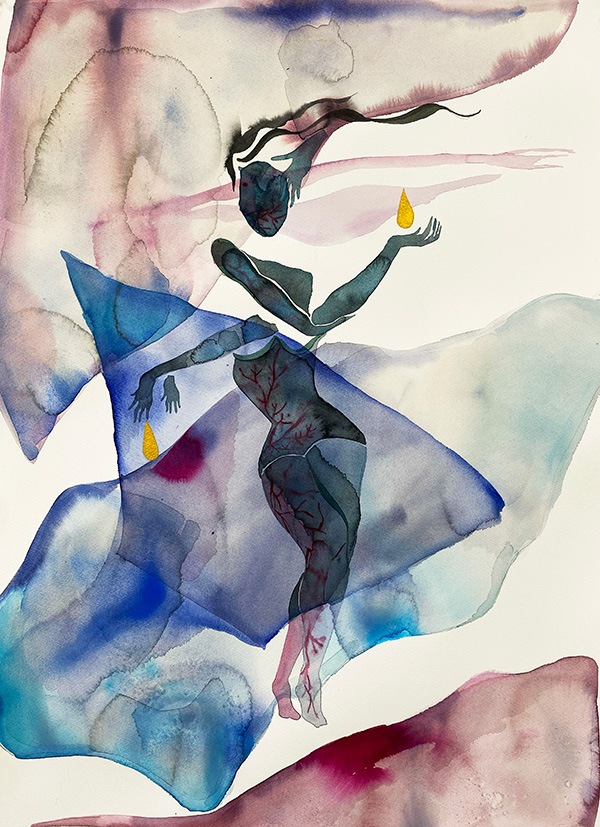Dr. Al Clark, Jon Hall, and Ruby Osorio
The West Gallery is continuing to present An Artful Reframing: Expanding Our ULV Story through an Inclusive Voice. An Artful Reframing is a collaborative effort among ULV researchers and acclaimed artists to present a more inclusive understanding of ULV’s history, heritage and identity, critically engaging our Church of the Brethren history, reckoning honestly with our predominantly white history, and highlighting stories that give shape to our diverse, multicultural and Hispanic Serving identity. An Artful Reframing brings together academic essays and artistic expressions that reframe our history and heritage, expand our understanding of who we are, and provide new possibilities for our institutional identity, vision and future becoming.
Throughout the 2022-23 academic year, the West Gallery is featuring multiple researchers and artists who have contributed to An Artful Reframing. Our second exhibition features Dr. Al Clark, Professor of Humanities, Jon Hall, alumni, and artist Ruby Osorio.
Dr. Clark’s research project is entitled “Church of the Brethren Heritage at the University: 129 years of Shifting Interpretations.” Dr. Clark’s research delves into the complex history of ULV’s Brethren heritage. As he explains, “the institution’s “Brethren heritage” has changed over the years as it has been reinterpreted to meet the needs and reflect the vision of the time.” Through a careful reading of mission and vision statements as well as various social rules and practices throughout the institution’s history, Dr. Clark illustrates that “Brethren heritage continues to impact the institution’s vision and speak to its moment in much the same ever-evolving fashion.”
Jon Hall’s research project is entitled “The Construction of Brethren Heritage and Peace Studies: Gladdys Muir’s Life and Works Re-Examined.” Gladdys Muir, a professor of History in the mid-1900’s, was the first to write a history of the University of La Verne. Through archival research, Hall shows that Muir’s approach to history “presented Brethren settlement in a way that appeared morally justifiable to the denominational and La Verne communities.” Hall argues that her narrative of the institution’s history is triumphalist, “leaving the colonial and settler colonial processes that supported their expansion and evangelism during the 19th and early 20th centuries unexamined, and any ramifications thereof unreconciled.” Hall suggests that uncovering this triumphalist history “obliges its living stakeholders’ reconciliation and shared redress.”
Ruby Osorio’s watercolors present a balance between our environment and our humanity. Her female protagonists are often silhouetted or anonymous and exist amid colorful landscape planes, patterns of tears, or thorny succulents. Symbolic elements and ritual activities indicate a rich shared history and also suggest that our collective futures are intricately linked to the natural spaces we inhabit and to the social spaces we create. Embracing the introspection of grieving and the graceful movement of dancing, Osorio situates us in an atmosphere of well-being, awareness, and beauty.
Ruby Osorio lives and works in Los Angeles, California. Her work has been exhibited locally and internationally in New York, London, Tokyo, Mexico City, Puerto Rico, and Athens, Greece. Her work has been reviewed by Art on Paper, Los Angeles Times and Washington Post among other publications and resides in notable permanent collections such as the Eileen Norton Foundation, the UBS Art Collection, and the Hammer Museum.
